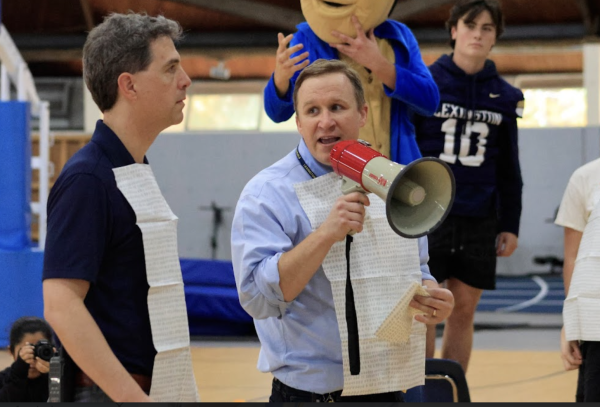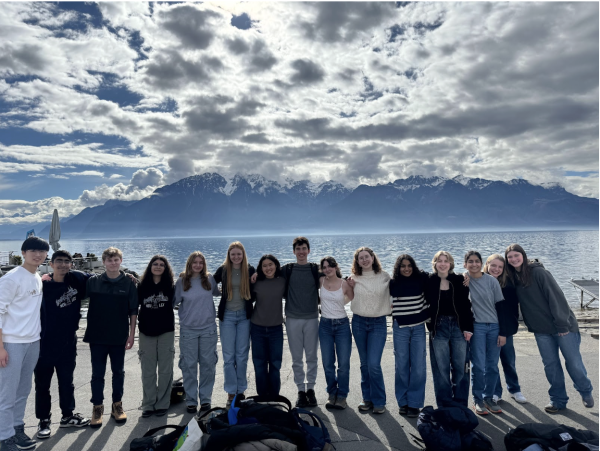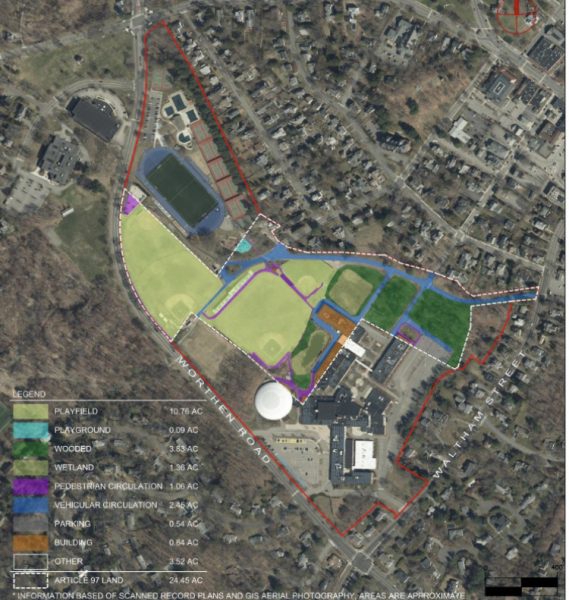Sustainability: A Community Effort
March 30, 2023
Since 2016, Lexington High School has had plans to install solar panels on the roof of the buildings as part of a larger effort to make Lexington Public Schools more environmentally friendly. As of now, solar panels are located on the roof of LHS’s science building and power parts of the school’s electricity and heating systems.
“That was actually something that was done in conjunction with some municipal organizations, the town manager and such,” Dr. Andrew Stephens, the principal of LHS, said.
The initiative was spearheaded by the facilities department and is the latest in a series of several changes that have been made at LHS – the most influential being the composting and recycling project.
“There was a push to make sure that our cutlery and the things that kids were utilizing, were able to be recycled, or composted. That wasn’t the case when I first got here, because [we used] plastic forks and knives, so there’s been a lot of movement in that particular area,” Stephens said.
A notable example of how LPS has been working towards reducing our carbon footprint is the renovation of Maria Hastings Elementary School.
“Sustainability was considered as a key priority. [Hastings] has a geothermal system for heating and cooling and solar panels,” Atreyi Basu, a member of Sustainable Lexington Youth – a subcommittee of the Sustainable Lexington Committee (SLC), said.
In addition to these renovations, Lexington as a town continues to organize various other measures to habitualize greener practices. Currently, SLC is working on a number of initiatives, such as creating a Climate Action and Resilience plan and issuing a statement of concern surrounding Lexington’s trees.
“We’ve gotten our instagram account up and running, endorsed the Statement of Concern on Lexington’s Trees, and have a few projects slated to begin soon, including a collaboration with the library,” Basu said.
Through such projects, the SLC hopes to raise awareness for their causes. For instance, they want to start holding educational workshops for Lexington youth.
“There’s been a number of successful initiatives, like the Community Choice program, Lex Drive Electric program, LexSORT, and Lexington has committed to achieve climate neutrality by 2050,” Basu said.
As for LHS, progress can only be achieved with a community effort. Stephens believes that students should take up responsibilities within the community to build a greener Lexington.
“[Student volunteers] are having a tremendous intangible effect,” Stephens said.






